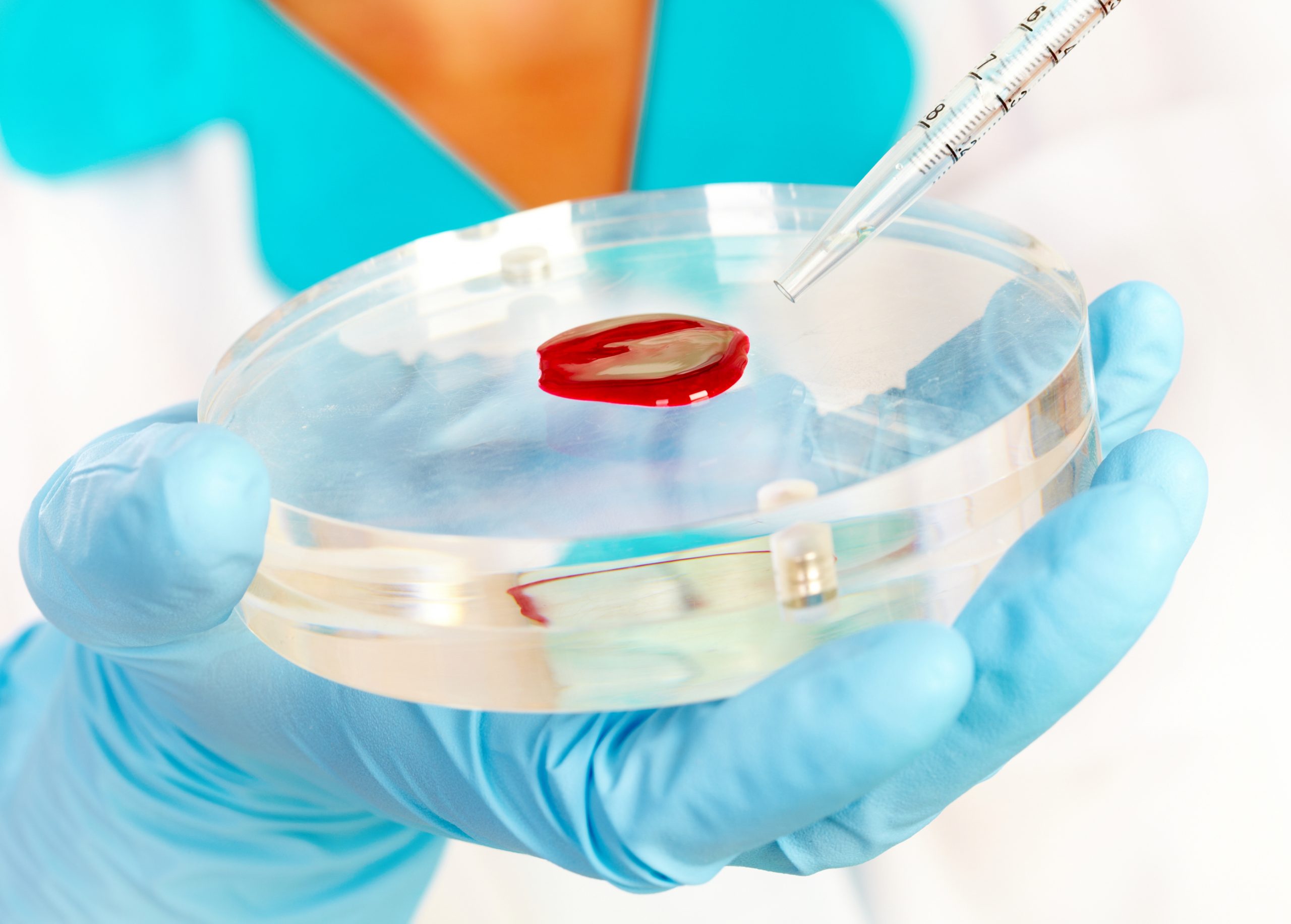

Clinical microbiology
Microbiology is the biological science that studies microorganisms (fungi, bacteria and virus) that live in all ecosystems and habitats. Their activities greatly affect many areas, specifically in the analysis of pathogen microorganisms.
These microorganisms, which can only be seen through a microscope, are small living beings, therefore millions of individuals are needed. To obtain microorganism populations we have to make them grow under well-established conditions, as cultures.
Therefore, this science analyses the microorganisms that cause the various infections that happen in our bodies. It also studies their sensitivity to antibiotics and antifungals.
The procedures based on cultures are still recommended for the isolation, and subsequent identification and antibiogram production (a technique that helps us to measure the sensitivity to one or several antibiotics of a bacterial microorganism that is believed to be the cause of the infection), for most of the infections caused by bacteria.
The main examples are:
- Gastrointestinal infections (faeces culture)
- Upper respiratory infections (cultures of nasal swabs, ear swabs…)
- Internal organ infections (cultures of sterile fluids)
- Lower respiratory infections (cultures of bronchial aspiration sputum, etc.)
- Urinary tract infections (urine culture)
- Seminal tract infections (semen culture)
- Wound infections

Microscope
One of a lab’s most important tools is the microscope. It allows us to look at the samples and Gram stains and other biological samples that we receive. Staining allows us to analyse microorganisms down to the smallest detail.
The most widespread is Gram staining: the stains used help us to differentiate between Gram positive and negative, depending on the characteristics of the bacteria wall.
It is also essential to view the fungi that develops on the mycological samples to learn their identity.
Microscopes are also used in other areas within the lab, such as to view urinary sediments (when seeking different-shaped elements: leukocytes, cylinders, etc., for diagnostic purposes), to detect parasites in faeces, seminograms (the study of semen to verify the functionality and condition of the sperm), among other samples.
Antibodies and/or antigens of other microorganisms are also analysed, if the culture is not enough for a diagnosis. We can detect the Flu virus (pneumonia), Legionella and Pneumococci antigens in urine (pneumonia diagnosis), Respiratory Syncytial Virus (bronchiolitis in paediatric population), the Clostridium difficile antigen and toxin (the cause of diarrhoea, especially in hospitals), detection of the Helicobacter pylori antigen in faeces (the cause of gastric and duodenal ulcers).





